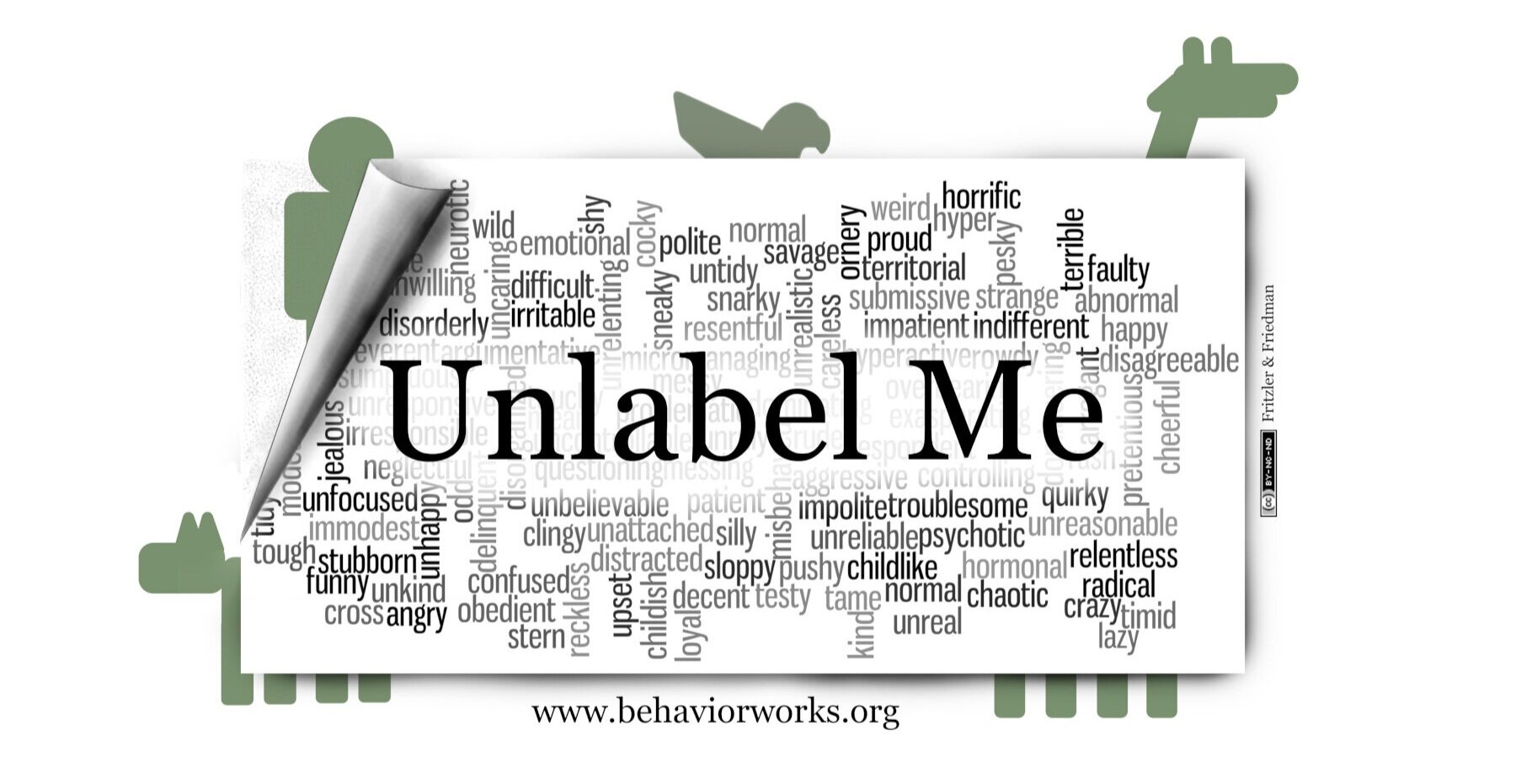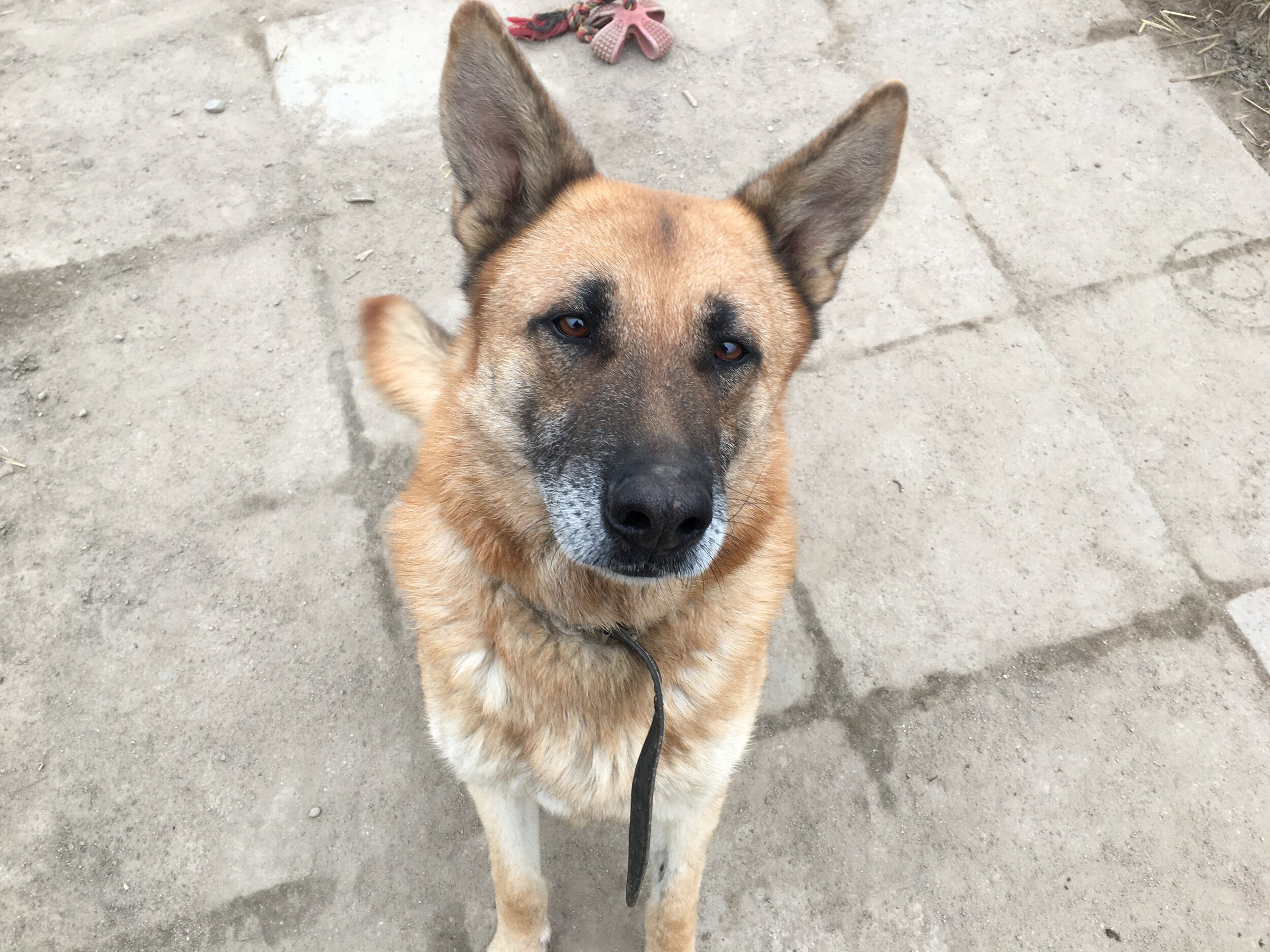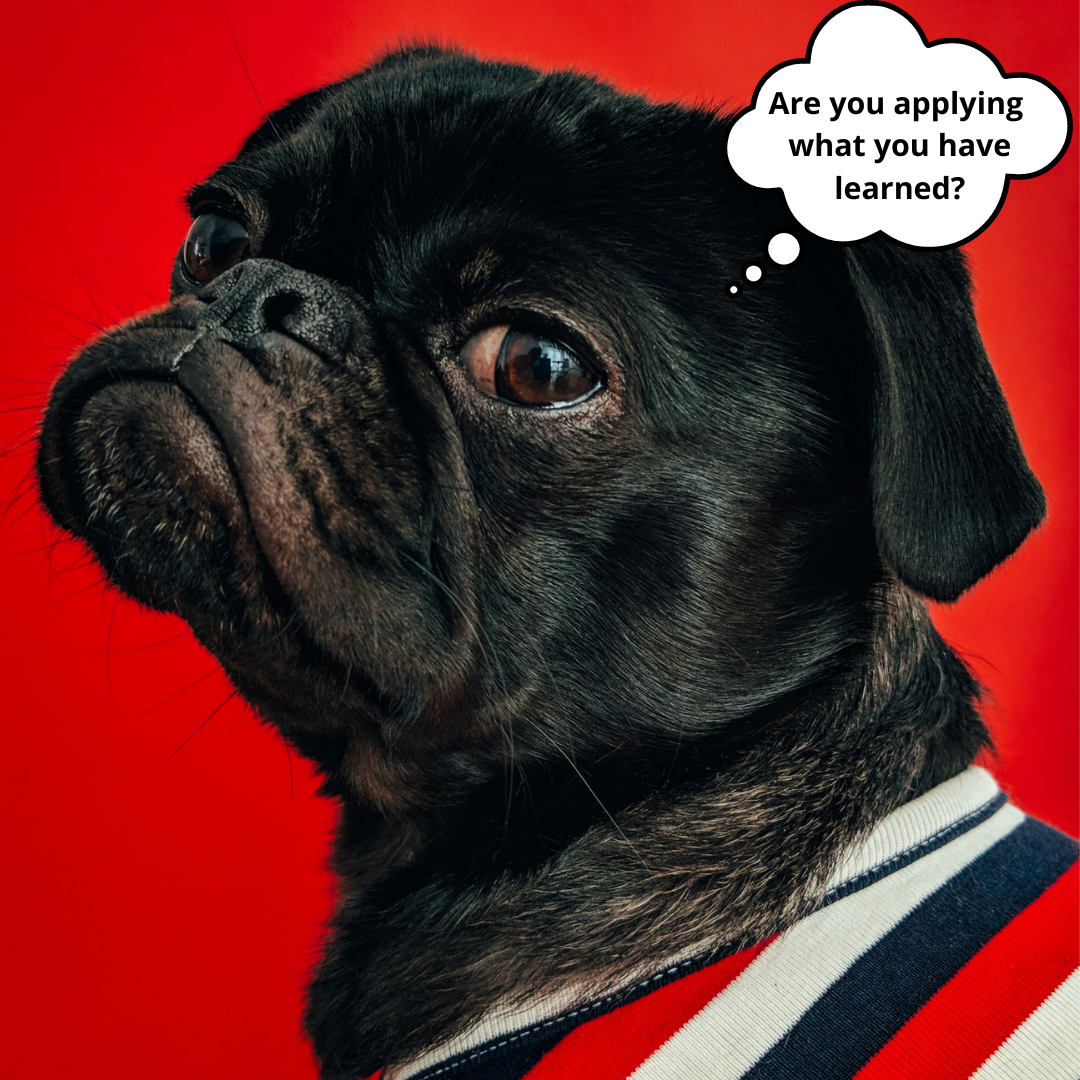We are not our labels
We are not our labels. I sometimes find it hard to watch that we all seem to believe otherwise. We see a person, we see a glimpse of their life and we make a judgment that this person is fearless/outgoing/shy/mean. Whatever that is, we just assume we know them now.
We are not our labels. At least not all the time! It’s all contextual. Someone might be outgoing in parties but shy at work. Someone might seem like an extrovert but he will prefer to stay at home on his own. Someone might seem fearless and still suffer from anxiety.
Recently I spoke with someone and I said that I’m afraid of rejection, afraid of what people will say and I used a label: I’m full of fears. She looked at me shocked. "To me, you are the bravest person I know. Travelling the world on your own, never asking permission" - she said.
Now, who is right?
I believe that both of us and none of us. It all depends on the contexts. It also depends on our definitions of labels like “full of fears” and “fearless” and what we mean by them. In one scenario like travelling, I can conquer my fears, I can take the risk and go for what I want. In an area of sharing my ideas publicly, I’m still full of fears, full of doubts. You cannot put me in the box that is constant. The only thing constant about me is that I’m constantly changing. The way I see “I’m full of fears and doubts about sharing my ideas publicly” is that I don’t have enough of reinforcement history in doing that. I also have a punishment history as I get easily hurt by negative opinions. History of punishment can elicit fear responses. I don’t remember being punished for travelling. I remember a lot of great moments and experiences that made it more likely for me to travel again. It doesn’t mean I don’t have fears around travel and going into the unknown. It just doesn’t stop me.
The history of punishment doesn’t make it impossible to overcome it. I can build a reinforcement history instead. With every idea shared, I can focus on feeling proud of my accomplishments. Not just on the positive feedback from others as it’s unreliable. I can focus on seeing the progress with every little step.
All of the labels that we were given can be broken down into specific behaviours under specific circumstances. It’s all contextual. We are ever so changing and evolving creatures that respond to our environment. When you start to look at yourself as an observer of your own behaviours you can see that you are not behaving in one way all the time. None of us is.
Dr. Susan Friedman says: Unlabel me. Labels can be useful in day to day life to get your point across quicker. In the long run, they can serve you better when you unpack them into observable and adequate descriptions of behaviours in context. For human and non-human animals alike.
Labels can be very damaging for dogs too.
Photo by Philipp Pilz on Unsplash
It’s very limiting to label a dog as “aggressive” or more specifically “dog aggressive”. We should ask ourselves: how does this aggression look like? When he exhibits behaviours you label as aggressive and when he doesn’t? Many dogs end up in shelter being labelled “aggressive”. The way it actually looks like can be very different from what we assume.
Snarling, growling, showing teeth, barking, lunging, jumping, pacing – all of those behaviours can be labelled as aggressive. Yet, have you ever seen a dog who growls while playing with other dogs? Lunging can also be displayed while playing. It’s about the context. We oftentimes think that it’s just how they “always” are and we never ask ourselves when are the times when they don’t. How close to the other dog you need to come before your dog starts to exhibit those behaviours? Is there a distance where he doesn’t do it? Is there a specific dog breed or size that makes it more likely for him to exhibit those behaviours? Is there a dog he is friendly with? How this friend approaches him?
All of that matters. It’s limiting to just say “he is aggressive”. We then tend not to see those instances when he isn’t. When you start to look for the times when he doesn’t display that behaviour, you can start to make it more likely to see more of those in the future. We don’t always behave in the same way. Nor we, nor our dogs.
Photo by Junior Usuanlele-Oshodi on Unsplash
















I'm feeling great and I prioritise health. I don't feel better than anyone else! I can enjoy feeling good about myself and hope for everyone else to enjoy themselves too. I believe that happiness is not something you achieve, it's something you DO. I'm choosing habits for happiness and I do them every day. I hope you can join me and start to seek happiness every day.